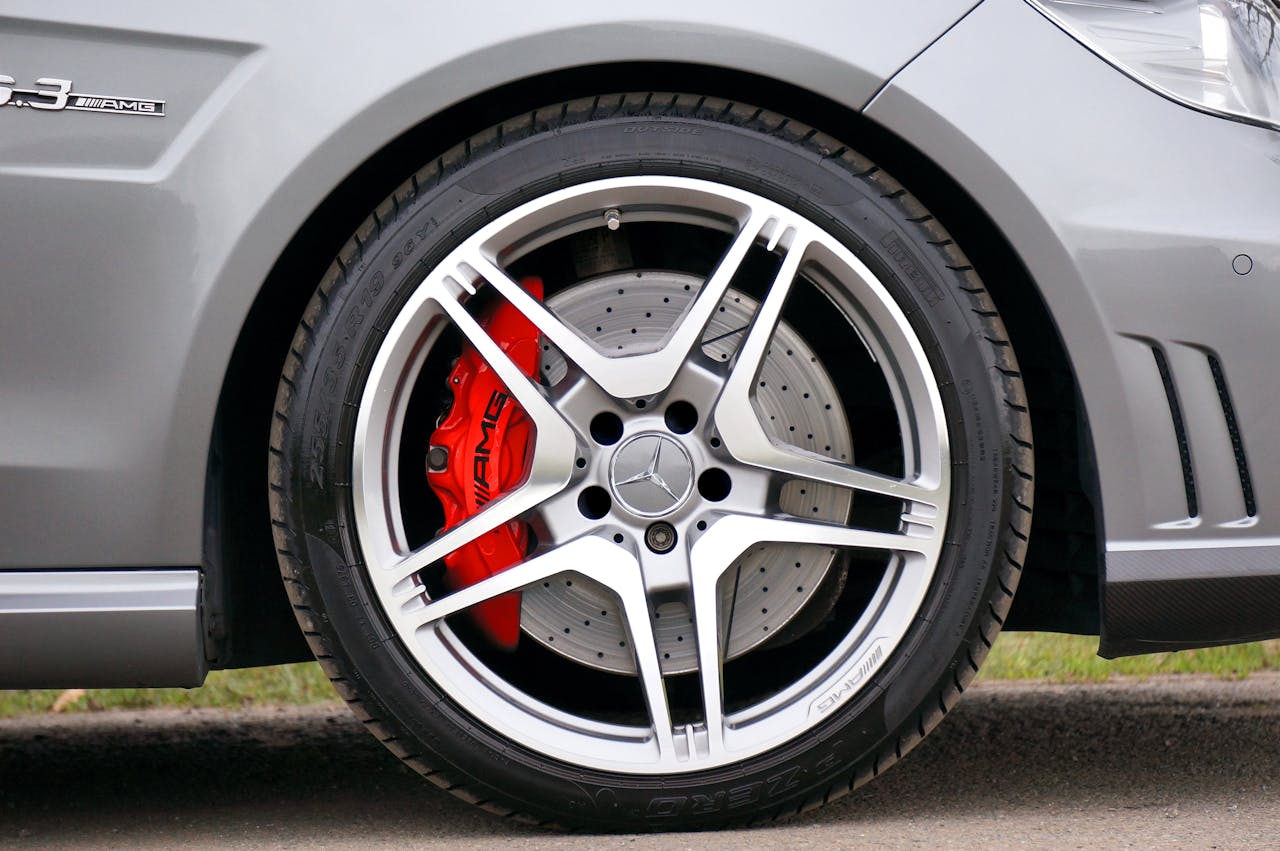Tires play a pivotal role in ensuring a safe and smooth driving experience. However, they are not invincible and can succumb to various issues that impact performance, safety, and fuel efficiency. In this extensive guide, we will delve into three common tire problems: punctures, wear, and alignment issues. Whether you are a car enthusiast or a daily commuter, understanding and addressing these concerns is crucial for maintaining your vehicle and ensuring a reliable journey.
Punctures: Causes and Solutions
Punctures are a frequent inconvenience for drivers, often leaving us stranded on the side of the road. Knowing the causes and preventive measures can make a significant difference:
Causes of Punctures
- Nails and Sharp Objects: Road debris, such as nails, screws, and glass, poses a constant threat to tire integrity.
- Underinflation: Tires with insufficient pressure are more susceptible to punctures as they lack the necessary firmness to resist damage.
- Tire Age: As tires age, the rubber degrades, making them more prone to punctures.
Solutions for Punctures
- Tire Repair Kits: Equip yourself with a tire repair kit for on-the-go fixes. These kits are handy for temporarily plugging punctures and allowing you to reach a service station.
- Puncture-Resistant Tires: Consider investing in tires designed with puncture-resistant technology. While not foolproof, they offer enhanced protection against common puncture causes.
- Regular Inspections: Perform routine visual inspections of your tires. Look for embedded objects and check the tire pressure regularly, especially before long journeys.
Tire Wear: Signs and Prevention

Tire wear is a natural part of their lifecycle, but understanding the signs and taking preventive measures can extend their longevity and performance:
Signs of Tire Wear
- Uneven Tread Wear: If the tread depth is uneven across the tire surface, it indicates potential alignment or suspension issues.
- Bald Spots: Smooth, bald patches on the tire suggest overinflation, underinflation, or misalignment, leading to localized wear.
- Cracking: Cracks in the sidewall or between tread blocks are signs of aging and require attention.
Prevention of Tire Wear
- Regular Rotations: Rotate your tires at regular intervals. This ensures even wear on all tires, maximizing their lifespan.
- Proper Inflation: Maintain the recommended tire pressure. Underinflation or overinflation can lead to uneven wear and decreased performance.
- Wheel Alignment: Regularly check and correct wheel alignment. Proper alignment not only prevents uneven wear but also enhances overall vehicle handling.
Alignment Problems: Impact on Tires
Wheel alignment plays a critical role in the overall health of your tires. Recognizing the effects of poor alignment and addressing them promptly is essential:

Effects of Poor Alignment
- Uneven Tire Wear: Misalignment causes tires to wear unevenly. This not only reduces their lifespan but also negatively impacts vehicle handling and performance.
- Vehicle Pulling: If your vehicle tends to drift to one side, it is a clear indication of alignment issues.
- Steering Wheel Off-Center: A crooked steering wheel when driving straight signals misalignment and requires correction.
Solutions for Alignment Issues
- Professional Alignment: Schedule regular wheel alignments with a qualified mechanic. Professional alignment ensures that your vehicle’s wheels are properly adjusted according to manufacturer specifications.
- Suspension Inspection: In addition to alignment, inspect the suspension components regularly. Worn or damaged suspension parts can contribute to misalignment.
- Prompt Corrections: Address alignment issues promptly to prevent further tire damage and ensure optimal vehicle performance.
Conclusion
In conclusion, being proactive about tire issues is key to maintaining a safe and reliable driving experience. Regular inspections, prompt attention to punctures, addressing uneven wear, and correcting alignment issues contribute to the overall health of your tires. Whether you are a seasoned car enthusiast or a daily commuter, staying informed about common tire problems empowers you to make informed decisions, ensuring your vehicle’s tires remain in top condition.
FAQs:
How can I avoid punctures on the road?
Avoid debris on the road when possible, and consider using puncture-resistant tires for added protection.
How often should I rotate my tires?
Rotate your tires every 6,000 to 8,000 miles or as recommended by your vehicle’s manufacturer.
Can tire alignment affect fuel efficiency?
Yes, poor alignment can lead to increased rolling resistance, reducing fuel efficiency.
What is the recommended tire pressure for my vehicle?
Refer to your vehicle’s manual for the recommended tire pressure, and check it regularly, especially before long trips.
How do I know if my tires need alignment?
Signs include uneven tire wear, vehicle pulling to one side, and a crooked steering wheel when driving straight.
Tire care is a fundamental aspect of vehicle maintenance, contributing to both safety and efficiency. By staying informed, conducting regular checks, and addressing issues promptly, you ensure that your tires serve you well on every journey.
Last Updated on March 4, 2024 by admin

Mac is an Automotive enthusiast. He owns up to 15 vehicles. He deals with Auto problems and shows his skill to Car owners who are seeking any type of Car help.





